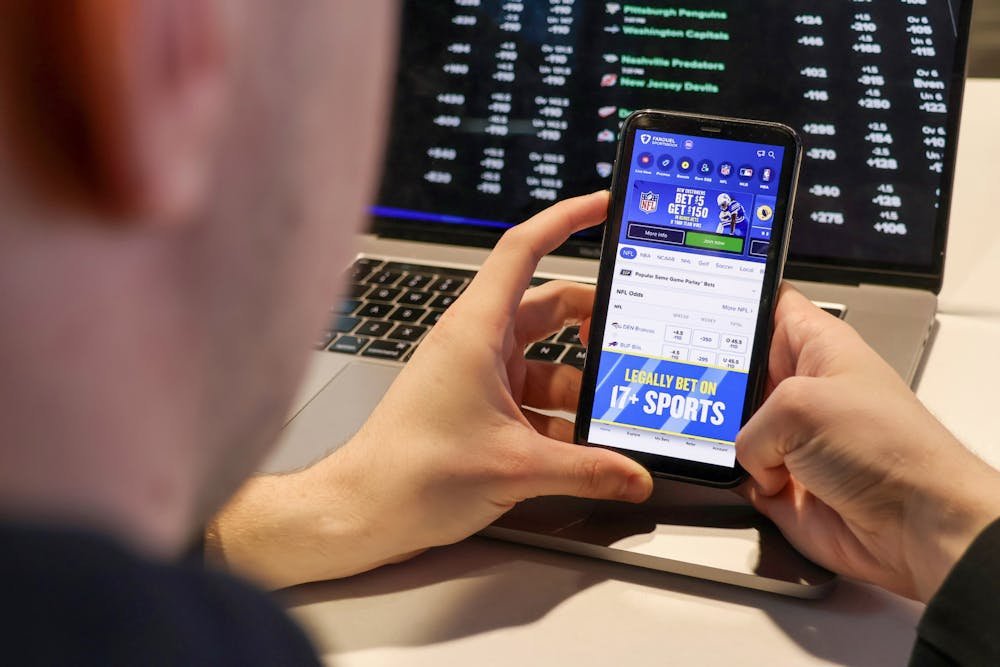
Fast Verification via Passport Scan or Selfie
In today’s digital age, security and speed are paramount. The ability to verify one’s identity quickly—yet securely—has become essential for a variety of online services. From banking to social media, the need for streamlined verification processes is more pressing than ever. One innovative approach to achieving fast verification is through the use of Fast Verification via Passport Scan or Selfie https://betandres-bd.com or selfies, which offer a blend of convenience and security.
Understanding Fast Verification
Fast verification refers to the process of confirming an individual’s identity in a rapid manner, often within seconds. Traditional methods of verification, such as providing documentation in person or via mail, can be time-consuming and cumbersome. In contrast, technologies that incorporate passport scans or selfies leverage modern advancements in artificial intelligence and machine learning to expedite the process.
The Role of Technology
Advancements in technology have played a significant role in the development of fast verification methods. Optical character recognition (OCR) technology allows for the extraction of crucial information from passport scans. This information is then compared against a database to confirm the individual’s identity. Meanwhile, facial recognition software analyzes selfies to ensure that the person presenting the identification matches the image on the passport.

These technologies work synergistically to provide a comprehensive verification solution that is both quick and secure. They help organizations mitigate the risk of identity fraud while also enhancing user experience.
Benefits of Fast Verification via Passport Scan or Selfie
- Speed: The verification process can often be completed in a matter of seconds, allowing users to access services quickly.
- Convenience: Users can verify their identity from the comfort of their homes without the need for in-person visits.
- Improved Security: Using biometric data, such as facial recognition, adds an additional layer of security that traditional methods lack.
- Cost-Effective: Reducing the need for physical documentation can decrease operational costs for businesses.
Challenges and Considerations
Despite the numerous advantages, fast verification processes are not without their challenges. One significant concern is ensuring privacy and data security. Organizations must implement robust systems to protect sensitive information from breaches. Compliance with regulations, such as the General Data Protection Regulation (GDPR) in Europe, adds another layer of complexity that businesses must navigate.
Moreover, while technology has advanced significantly, it is not foolproof. There may be instances where genuine users are mistakenly flagged, leading to frustrations and a poor user experience. Continuous improvement and updates to the verification algorithms are therefore crucial.

Future Trends
The future of fast verification via passport scans and selfies looks promising. As technology evolves, we can expect even more refined methods of identity verification. Innovations such as blockchain technology may also play a pivotal role in creating secure and tamper-proof identity records.
Furthermore, the integration of multi-factor authentication (MFA) may complement fast verification processes. For instance, combining a selfie with a fingerprint scan could potentially increase security while maintaining speed.
Conclusion
Fast verification via passport scan or selfie represents a step forward in the way we authenticate our identities in a digital world. The potential for rapid service access, coupled with the security that modern technology provides, makes this method increasingly attractive for individuals and organizations alike. As we continue to embrace innovation in our daily lives, the importance of safe and efficient identification methods will only grow.
In summary, while challenges remain, the journey towards seamless verification solutions is well underway. By investing in new technologies and adhering to best practices for security and privacy, we can look forward to a future where our identities are both protected and readily accessible.